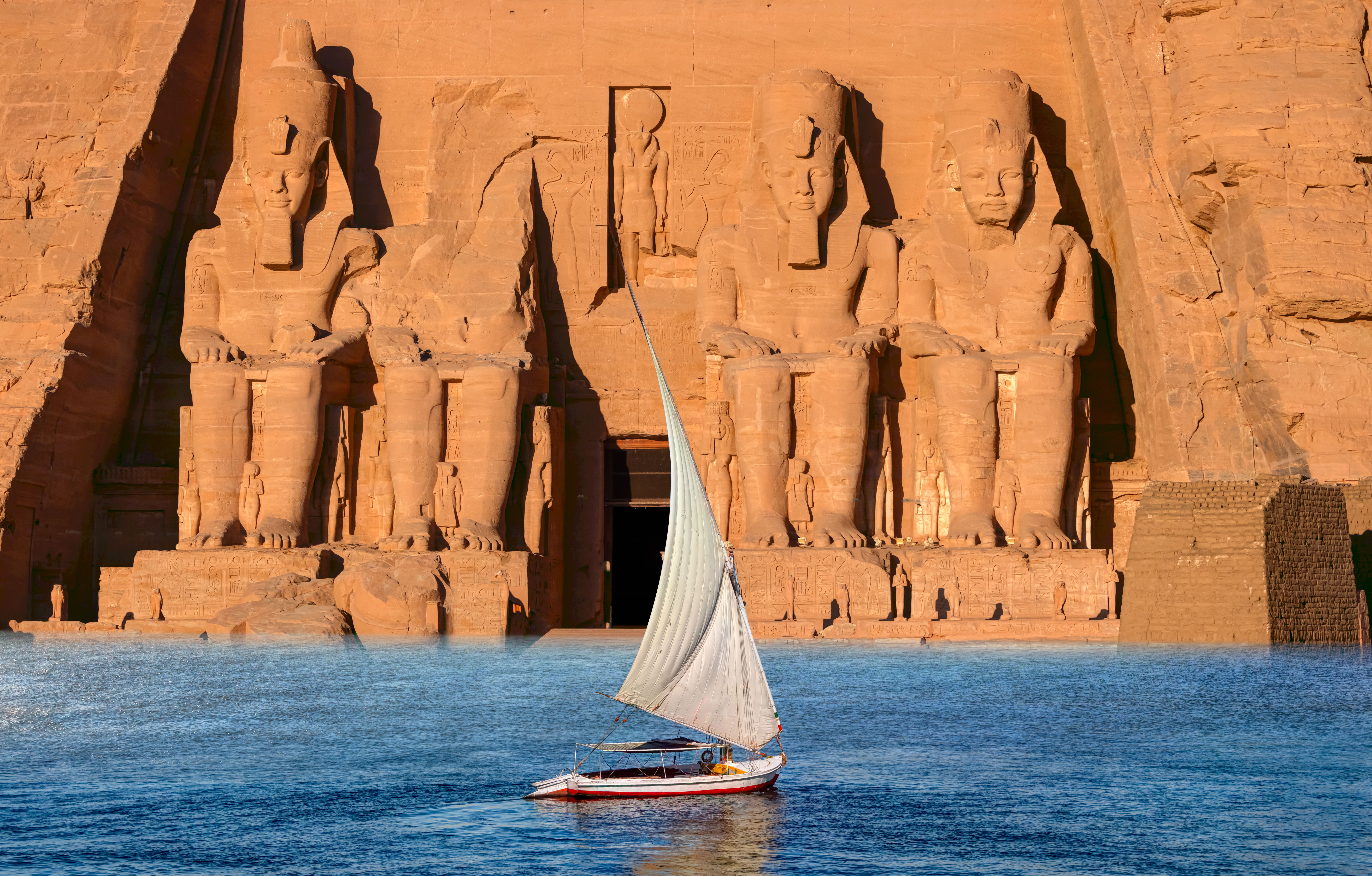Biblical background


Moses and the Pharaoh of the Exodus
This is one of the great questions of biblical-Egyptian archaeology—who was the pharaoh of the Exodus? Traditionally, Ramses ii is portrayed as being that man. Yet if the Bible is to be our guide, this would be impossible. Ramses ii reigned around 200 years too late. The Exodus occurred during the 15th century—specifically, 1446 b.c.e. One of the difficulties in identifying the right Pharaoh is that no Egyptian leader would be willing to admit the tragedies that befell under his reign—especially not on the level of the plagues or the Exodus. There are other clues we can look at, though, to help identify the pharaoh of the Exodus. A number of names have been put forward—we’ll just give an example of one good candidate in this article, and also look at surrounding events up to and during the Exodus.
The baby Moses had been set adrift in the Nile by his Israelite parents, fearing the Egyptian Pharaoh’s command to midwives to kill all Israelite male children. (The name of one of the Israelite midwives, Shiphrah (Exodus 1:15), has actually been found documented on an Egyptian slave list dating to the early period of Israelite slavery in the land.) Moses was rescued by a daughter of Pharaoh, who had come to the river to bathe (Exodus 2:10). It was this Egyptian princess who chose the name “Moses” (or Moshe, in the Hebrew)—and his name, fittingly, parallels typical royal Egyptian names. The names Moses, Mosis, Moshe, Mose are interchangeable. The term means to be “born” or “drawn” (in Moses’s case, born of water, verse 10). And so Moses’s Egyptian name fits right alongside Egyptian royalty of the same general period, like Tuthmose (or Tuthmosis, “born of Tuth”) Ahmose,Ramose, Kamose, Wadjmose.Regarding the pharaoh himself, there are a couple requirements for finding the correct one. He must not have been a firstborn (for he survived the 10th plague, which killed all the firstborn in Egypt, Exodus 12:30). His successor must not have been a firstborn (for his heir died during this same event). And he must have died in the Red Sea (Exodus 14:5-7, 28; Psalm 106:11), making it impossible for his body to undergo the usual ceremonial mummification process done for the pharaohs. One good possibility is Pharaoh Amenhotep ii.Amenhotep’s great-aunt was a prolific Egyptian princess called Hatshepsut—and strangely (probably during Amenhotep’s reign), statues and engravings of her were extensively defaced, toppled and chiseled out. Could this have been the same princess that rescued and raised Moses—a princess whose historical record now was egregiously vandalized, because of her connections with the man who would lead the Exodus? If this was indeed the princess, she would have had good reason to call her adopted child Moses—for her father’s name was Pharaoh Tuthmose i and her mother’s name was Ahmose.A question remains though: How could Amenhotep ii be the pharaoh of the Exodus, seeing that his body was found mummified alongside other successive pharaohs? According to William Shea, there is at least some material evidence suggesting that a stand-in pharaoh, taking the same name “Amenhotep,” could have taken up the position of the fallen pharaoh of the Exodus. If so, it was thus this man who was buried and mummified as Amenhotep ii. Shea’s theory and explanation is given here. Such an action to hide the ignominious fate of the real pharaoh would not be surprising—and it would be intended to maintain a façade of continuous Egyptian power to neighboring countries.There is an inscription belonging to Amenhotep in which he maliciously denigrates Semites, and warns about magicians. This inscription is linked by Shea to “Amenhotep iib”—stand-in for a drowned Amenhotep of the Exodus. The inscription would thus have been a show of hatred for what had occurred with the Semitic Israelites, as well as exasperation against the impotent Egyptian magicians and/or the “magic” of the Israelites.In the tomb of Rekhmire, a vizier of both Amenhotep ii and his father before him, a wall painting and inscription shows eastern slaves making bricks—fitting exactly the depiction of the Israelite slaves in the Bible! (from Armstrong Institute of Biblical Archaeology )
Example Text